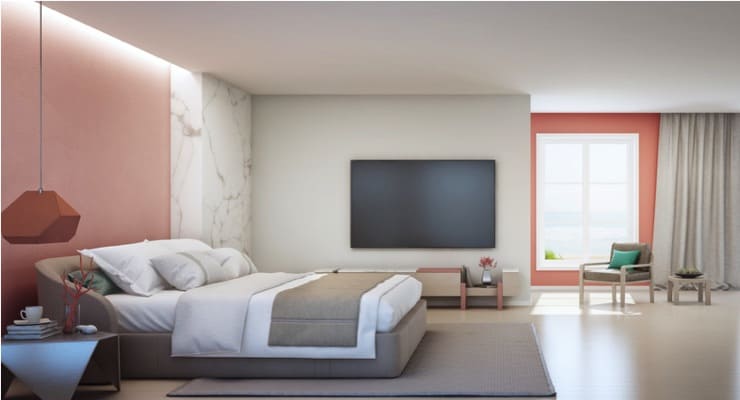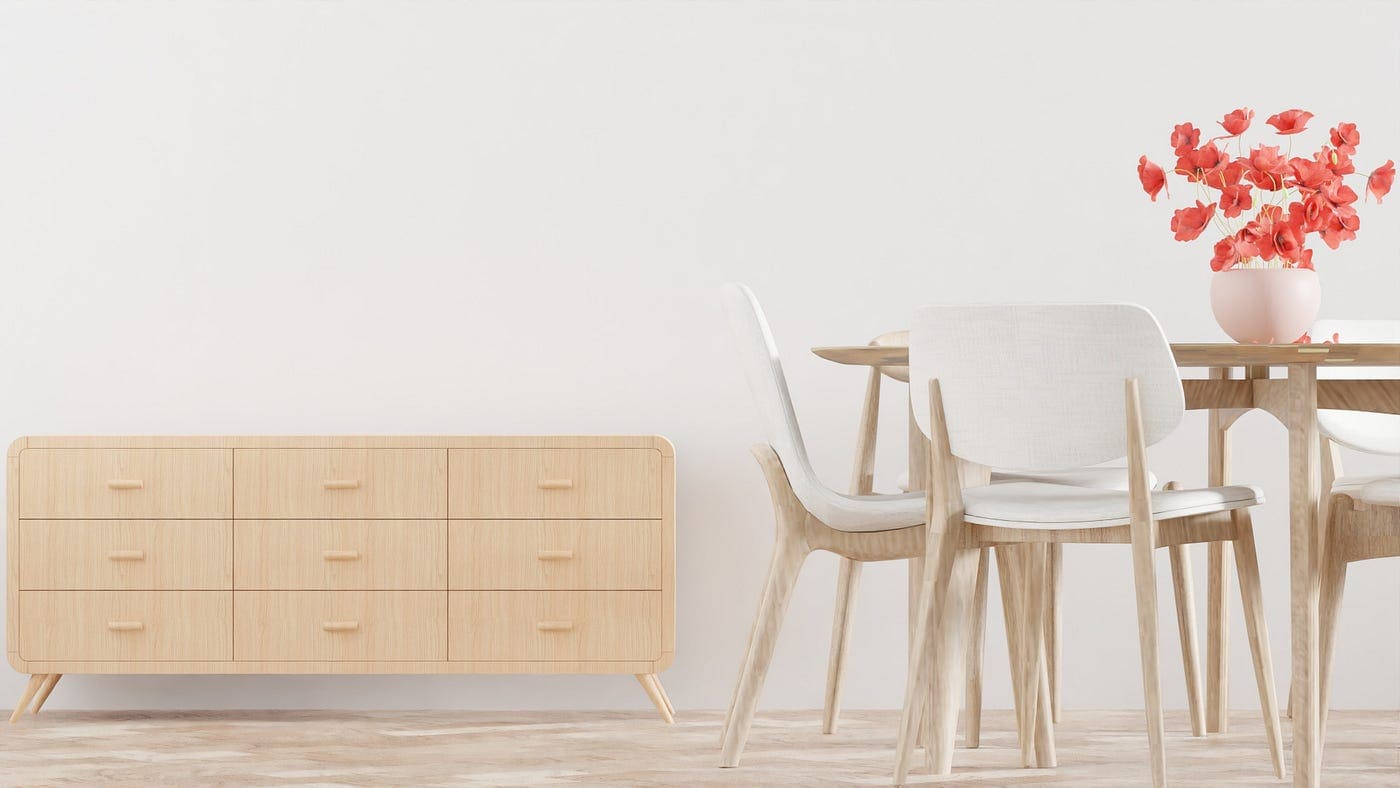In the realm of interior design, one often encounters the challenge of optimizing space to create a harmonious and functional living environment. The height of a wardrobe, a ubiquitous piece of furniture in bedrooms and dressing areas, plays a crucial role in this endeavor. In this exploration, we delve into the considerations and benefits of selecting the right height for your wardrobe.
Room Proportions and Aesthetics:
The height of your wardrobe should complement the proportions of the room. A tall and imposing wardrobe might overpower a small bedroom, making the space feel cramped. Conversely, a low-profile wardrobe in a spacious room may appear disproportionate and fail to make a visual impact. Striking the right balance ensures that your wardrobe becomes an integral part of the room’s aesthetics.
Ceiling Height:
Take into account the height of the room’s ceiling when choosing a wardrobe. Taller ceilings provide an opportunity to explore floor-to-ceiling wardrobes, maximizing storage space without sacrificing aesthetics. In rooms with lower ceilings, opting for a shorter wardrobe prevents the space from feeling closed in and oppressive.
Storage Needs:
Consider your storage requirements when determining the height of your wardrobe. If you have an extensive collection of clothing, accessories, or other items, a taller wardrobe with more shelves and hanging space may be essential. Conversely, for those with minimal storage needs, a shorter wardrobe could be more suitable and create a lighter, airier atmosphere.
Functionality and Accessibility:
The height of your wardrobe also impacts its functionality. Ensure that the items you use regularly are easily accessible. For example, if you frequently reach for shoes or accessories stored on higher shelves, a taller wardrobe might be practical. On the other hand, a shorter wardrobe facilitates easy access to lower shelves and drawers.
Customization and Modular Solutions:
Consider customizable and modular wardrobe solutions that allow you to adjust the height according to your preferences. This flexibility ensures that your wardrobe can adapt to changing needs and room configurations over time.
Visual Continuity and Focal Points:
Harmonize the height of your wardrobe with other elements in the room to create visual continuity. Aligning the wardrobe’s height with other furniture or architectural features can contribute to a cohesive design. Alternatively, deliberately choosing a taller wardrobe can establish it as a focal point, adding a touch of drama to the space.
Aesthetic Styles:
Different aesthetic styles may dictate varying wardrobe heights. For instance, contemporary designs often feature sleek and tall wardrobes, while vintage or mid-century modern styles may favor lower profiles. Understanding the style you aim to achieve will guide your choice in wardrobe height.
Budget and Material Considerations:
Taller wardrobes with more storage capacity may come with a higher price tag. Consider your budget alongside the materials used in the wardrobe’s construction. Balancing functionality, aesthetics, and budget ensures a satisfactory choice.
In conclusion, the height of your wardrobe is a critical factor in creating a well-balanced and functional living space. By carefully evaluating the proportions of the room, ceiling height, storage needs, and personal preferences, you can make an informed decision that enhances both the practicality and aesthetics of your living space. Whether you opt for a towering statement piece or a more understated design, finding the perfect height for your wardrobe is key to achieving a harmonious and visually appealing room.





